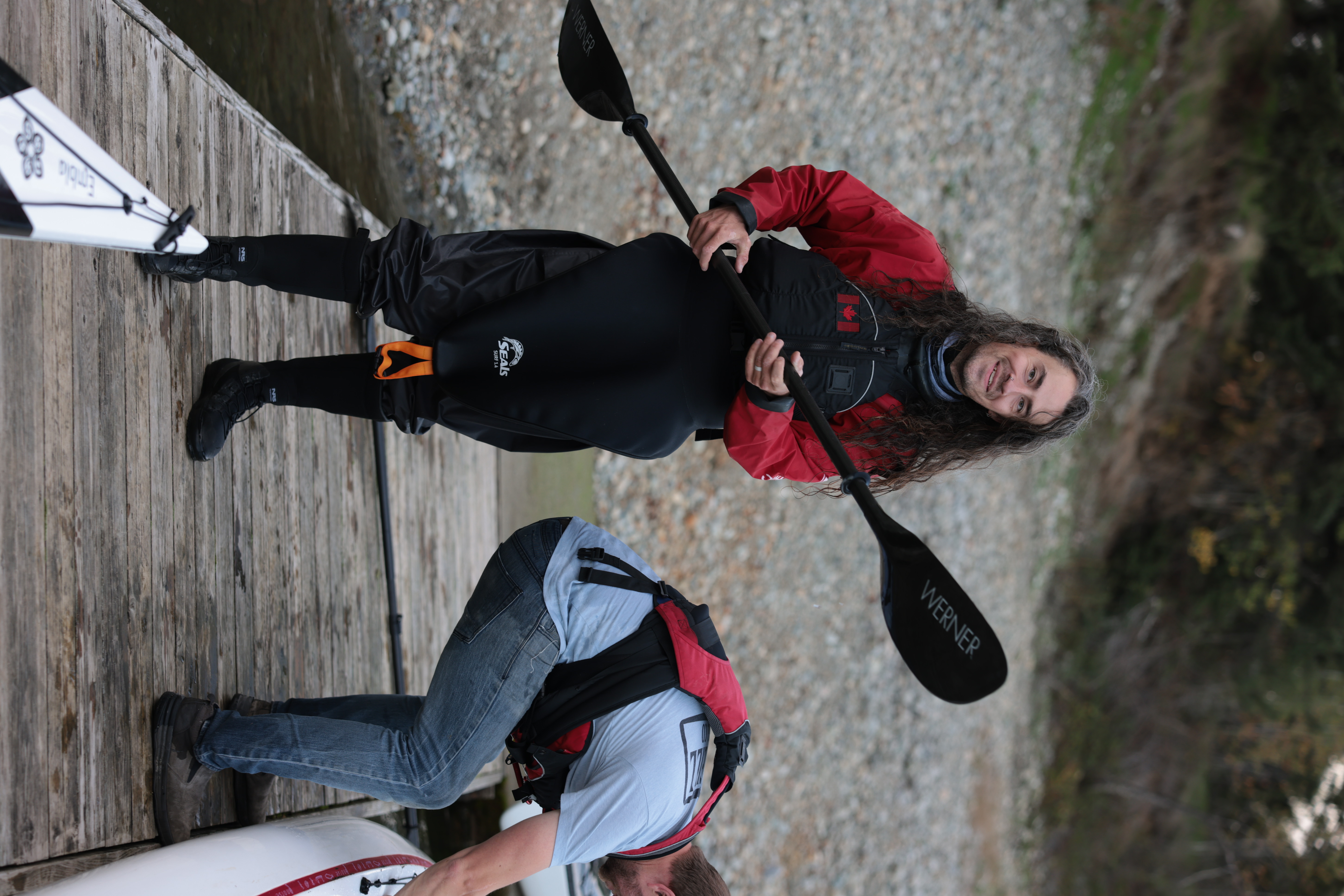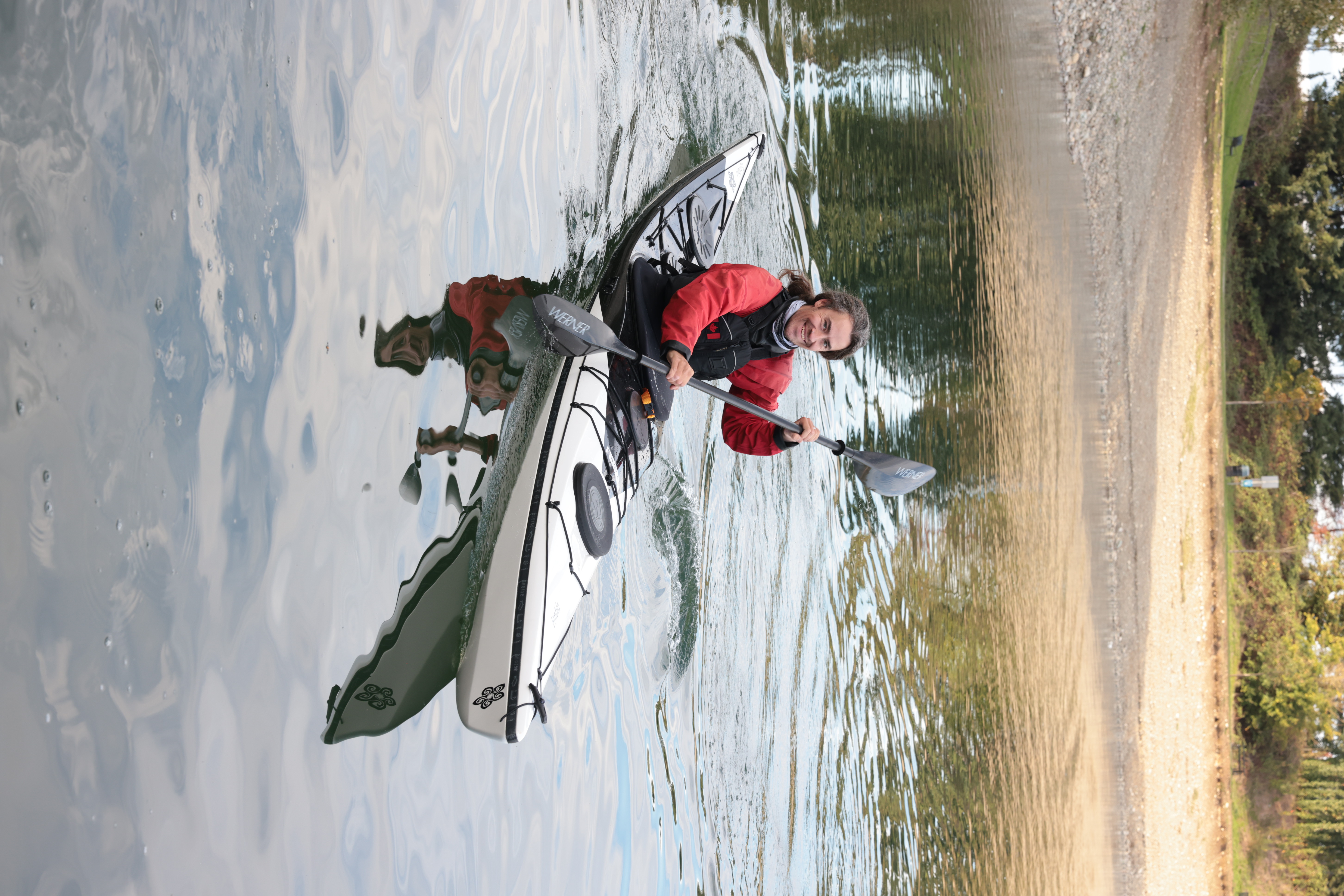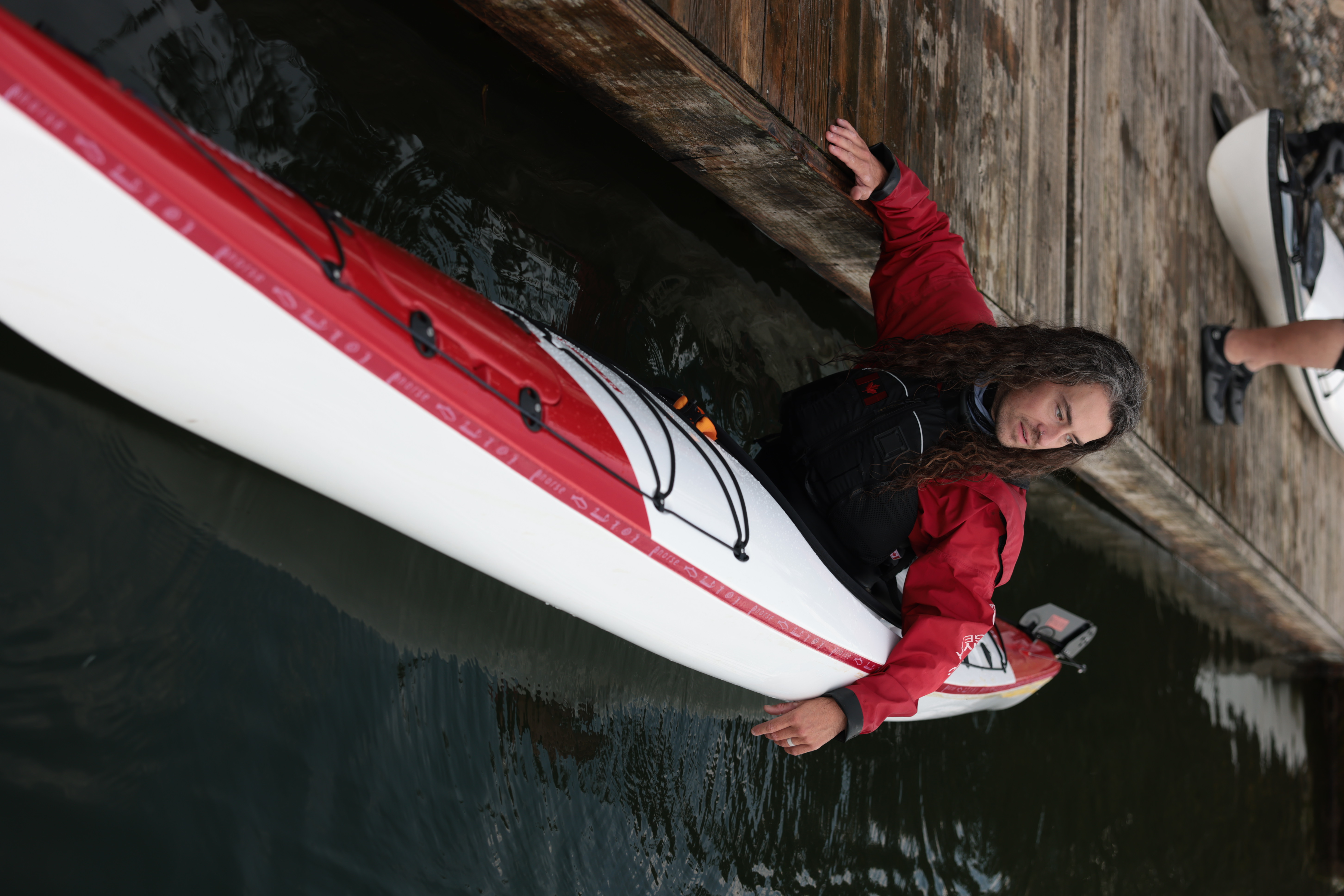Why I Chose Composite Kayak
Posted by Pascal Smyth on 2023 Oct 31st
Why I Chose Composite Kayak Over Others: Making the Best Choice
I’m Pascal from Western Canoe and Kayak, and I’m always excited to talk about kayaks, particularly the nuances of their construction. Today I’m discussing the advantages offered by composite construction.

Composite construction has a few distinct advantages over other construction methods, first and foremost is the ability to get really fine lines. A sharp bow will slice through the water, as opposed to pushing water out of the way. With other manufacturing processes, such as thermoformed or rotomolded plastic kayaks it’s challenging to get such crisp angles.
Another big advantage of composite construction is their stiffness. This means that for every stroke you take more energy is transferred into movement, and less is wasted in the flex of the kayak’s hull. This stiffness is not only inherent to the material used, but also a result of specifically reinforcing areas where it’s needed. Areas such as the keel and chines can have additional layers added to stiffen them. This allows for the kayak to be reinforced as needed without adding extra material in areas where it’s not required.
A further benefit of composite kayaks, be they fiberglass, kevlar, or carbon, is the ability to do ongoing care and maintenance for decades. It’s possible to make repairs virtually invisible with sufficient time and effort. Repairs on composite boats are fairly straightforward, enabling many users to take on these repairs themselves. Of course, there’s always the ability to take things to a local repair shop.
Another great thing about composite kayaks is that they are quite receptive to common adhesives. Kayaks made from polyethylene are notoriously difficult to adhere to. This makes outfitting a kayak and customizing much more challenging than it would be in a composite kayak.

The shaping made capable by composite construction means that kayaks can be incredibly responsive, allowing for great control when paddling in dynamic waters. Similarly, other designs might be built for great speed and efficiency. These characteristics are of course possible to create with other materials, but not to the same degree as in a composite construction.
Maintaining composite kayaks is very simple as well. With occasional application of a UV protectant most kayaks will keep their shine. It’s best to store them out of the sun, ideally inside but at least covered when not in use. Occasionally a bit of wet sanding and polishing may be required to remove deep gouges and bring back the original shine.
So with all these advantages, why would anyone choose a kayak made from another material? There are a few considerations that make rotomolded boats appealing, for example incredible impact resistance. If you’re planning on rock gardening or surfing then a rotomolded boat may be a great option.
Largely though, the appeal of other manufacturing processes has been a lower cost than composite kayaks. Thanks to some entries on the market from some newer manufacturers, the difference in cost is not as stark as it once was, making the upgrade to a composite kayak a lot smaller of a leap than it used to be.
If you’re an avid paddler, or a beginner with aspirations of skill development and growth, give serious thought to a composite kayak. The increased stiffness, performance, and longevity may make it a worthwhile investment for a paddler looking for a long term kayak that allows their skill to develop.


